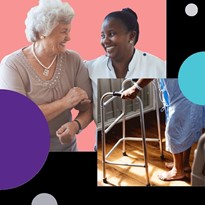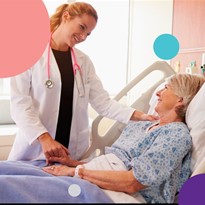We arrived in Georgetown, Guyana on Saturday, September 21 for a week of training. The airport was small and very efficient, we had no problems getting through customs with our SonoSite machines and other medical equipment. Our radiologist Dr. Eric Goodman and I each took a machine, and the backpacks SonoSite provided were very helpful for carrying the machines and the probes, which we carried as our hand luggage. Georgetown Public Hospital, where we did most of our training, provided us with transportation back and forth every day, a relatively short twenty-minute drive.
As of 2015, there were no CT scanners, radiology residency programs, or adequate ultrasound services in Guyana. RAD-AID International has worked diligently with the Georgetown public health system and the University of Guyana to provide the country’s first CT scanners and establish a radiology residency program. RAD-AID also helped to provide CT, mammography, radiology, ultrasound, and IV contrast training along with the installation of a PACS system.
In addition to the nurses’ training sessions, Dr. Goodman and I did ultrasound training and certification for the first- and second-year radiology residents on abdomen, pelvis, small parts, and MSK imaging. The SonoSite machines allowed us to conduct off-site training as the two machines already in the department were always in use due to the busy patient schedule. Dr. Goodman also used the SonoSite machine for MSK and breast ultrasound training with the residents.
Since the hospital has no dedicated portable ultrasound machines, there were some instances where the SonoSite portable ultrasound machines came in handy. On one occasion, one of the visiting anesthesiologists borrowed the SonoSite for training for IV placement in the OR. On another occasion, there was a young female patient who was brought to the department for an ultrasound to rule out lower extremity DVT. She was on a stretcher in the hallway with third degree burns from the neck down. Unfortunately, her scan couldn’t be done because of bandages on her legs, so she was sent back to the burn unit. The next day, a resident and I went to the burn unit with the SonoSite machine, put on protective gear, and completed the necessary study.
Besides ultrasound training, we also taught infection control, helped to organize the daily work flow schedule, and updated report templates. It was a great team effort!
There is a lot of work and continuous training that still needs to be done by radiologists, sonographers, nurses, administrators, and other medical professionals in Guyana and the many other countries that RAD-AID International is involved. Thanks to companies like SonoSite that loan their machines, our work is a little easier and more substantial.









